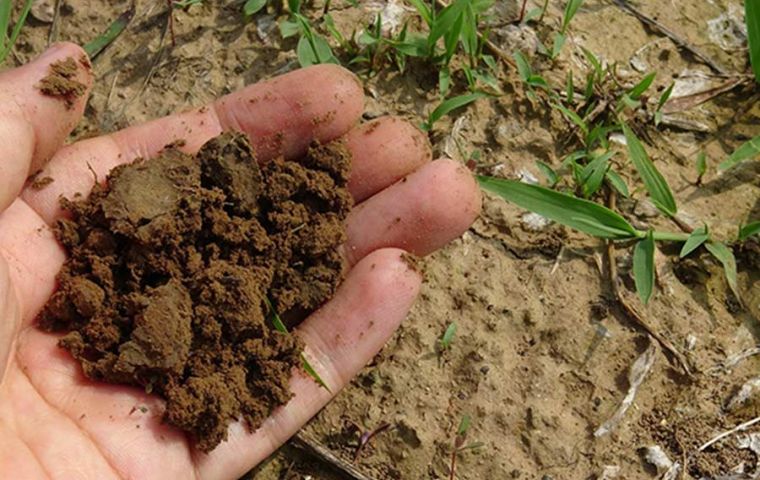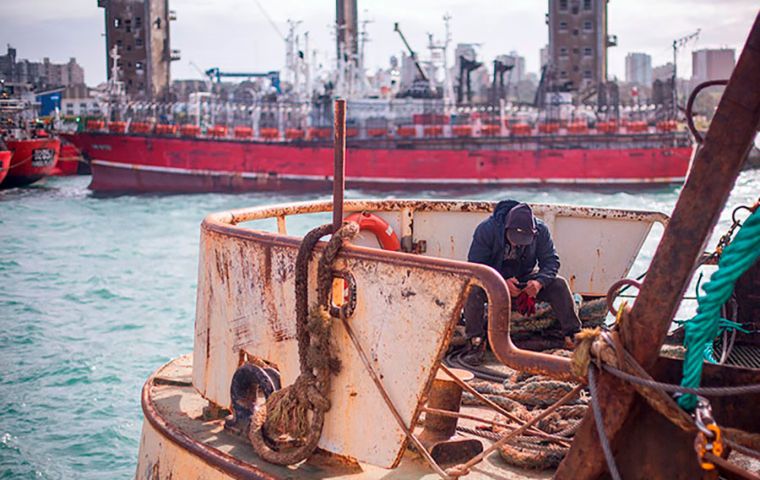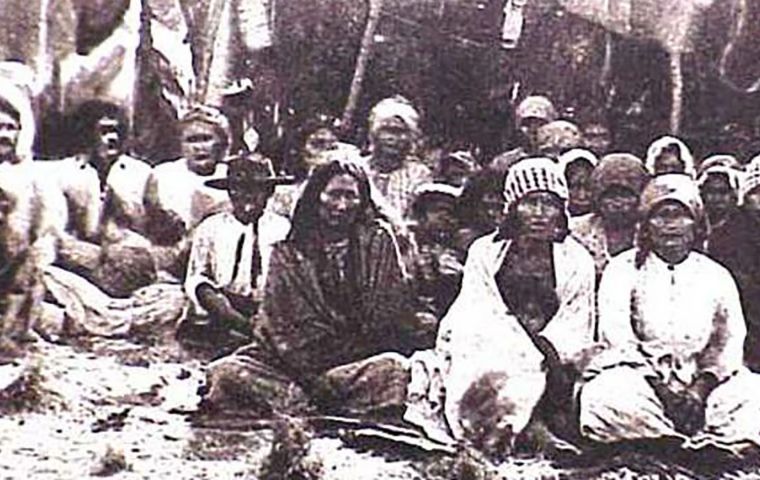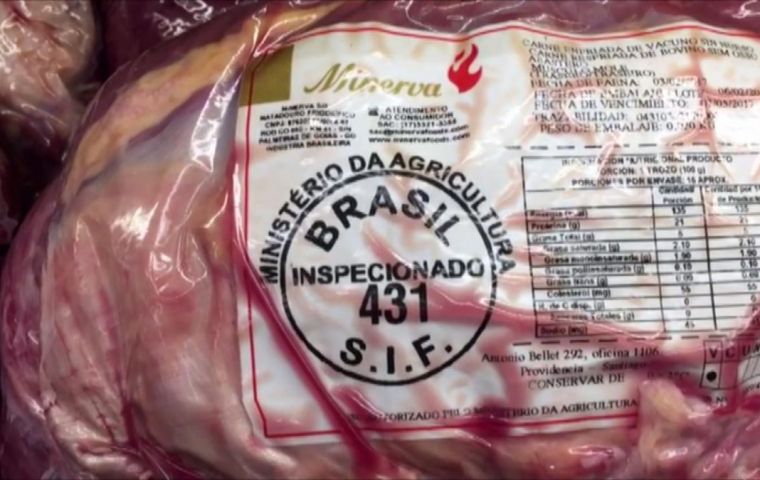Saturday, April 16th 2022 -

According to a report published Friday by Agencia Brasil, a group of scientists from that country has found new techniques which could be of use in forest recovery and increase the capture of carbon from the atmosphere. April 15 was Brazil's National Soil Conservation Day.
Researchers at the Vale Technological Institute (ITV) in Belém have identified molecular markers capable of quantifying genes and proteins that favor management practices and increase soil carbon stock.
The unprecedented study of Genes and proteins related to nutrient cycling, carbon fixation and soil health began in 2016 and is divided into three strands: mapping of natural soils, monitoring the recovery of degraded areas, and assessing soil quality in reforestation projects and agroforestry systems. In this last stage, the survey is associated with the goal of recovering an additional 500,000 hectares of forests in Brazil by 2030.
The researchers collected soil samples and, in the laboratory, were able to map the existing DNA and proteins. According to study coordinator Rafael Valadares, research has already been done in natural soils, agroforestry systems, and soils impacted by mining. The study began in the Amazon Forest, with soil analysis in Serra de Carajás, an area where Vale operates, mainly in the rusty rupestrian fields and in the Carajás National Forest.
Valadares also explained that in the areas recovered by Vale in the Amazon Forest, “we were able to demonstrate the progress of the recovery from the biochemical point of view of the soil - which is the heart of the forest.” he explained to Agência Brasil.
“The capacity of forest agrosystems is evaluated, which are more conservative systems that use the planting of fruit trees, associated with tree species. We evaluate in Linhares the capacity of agroforestry systems to store more carbon and whether the agroforestry system is a healthier soil or not. The goal is to see which system is contributing to a healthier soil,” he told Agencia Brasil.
The study is distributed to rural producers so they can better understand the soil in which they operate. “With the information on what is working well or poorly in the soil, the producer can direct management techniques to correct what is going wrong. In the same way, we can compare different cropping systems, different plantings, and indicate which system is contributing to overall soil improvement and which is degrading it,” Valadares elaborated.
Data from the United Nations Intergovernmental Panel on Climate Change (IPCC) show that the soil accounts for about 70% of the carbon stored in the earth in the form of organic matter. This is almost three times more than is stored in vegetation and about twice as much as is stored in the atmosphere.
Currently, according to the Food and Agriculture Organization of the United Nations (FAO), 33% of the world's soils and 52% of agricultural soils are degraded, mainly by erosion, compaction, and contamination.
According to Soil and Microbiology specialist Igor Assis from the Federal University of Viçosa (UFV), the soil is fundamental for life on Earth. “Soil has several functions, such as food, fiber and fuel production. But also as carbon sequestration, water purification - the water that comes out of the spring is usually clean because the soil performs this purification; degradation of contaminants - many of which end up in the soil, the microbiota itself degrades these contaminants,” he explained.
Assis also emphasized the importance of soil in flood regulation. “When the soil is well managed and structured, it stores a gigantic amount of rainwater. When the soil is degraded, it becomes compacted and cannot store this rainwater, which ends up going all the way to the rivers, and then the great floods that we see today happen. The soil has the function of being a source of genetic and pharmaceutical resources, which are directly used by the population in our daily lives,” he said.
For the scholar, education about soil is essential for the survival of the human species.
“We have exponential growth of the world population and the amount of degraded soils is increasing a lot. So, we are getting a bill that doesn't add up: the population is growing, we need to produce more food that the soils provide us and they are being degraded and, in a not too distant future, many of these services are going to be drastically reduced and this directly affects our lives,” he pointed out.
Another point in focus is the recent discussion about the low-carbon economy, aimed at curbing greenhouse gas emissions. The subject has been gaining more and more space around the world.
According to the professor, well-managed soils are an effective way to conserve carbon in organic form, reducing the emission of greenhouse gases and contributing to the carbon credit market.
“The climate change issue, which is related to the low carbon economy, initially had the idea of reducing the emission of CO2 into the atmosphere and today we work with two areas related to this: to reduce the emission, to sequester, to drain the carbon that is in the atmosphere. And the only component that we can manage to do this in an easier way is the soil,” he highlighted.
In this sense, to price the market, countries have created the so-called carbon market, a mechanism that allows the sale of credits by nations that limit their emissions of these gases to nations with greater difficulties in meeting reduction targets.
In Brazil, the issue has been discussed in the House of Representatives with the PL 528/2021, which creates the Brazilian Market for Emissions Reduction (MBRE). The proposal aims to ensure the reduction of greenhouse gas emissions, curbing global warming.









